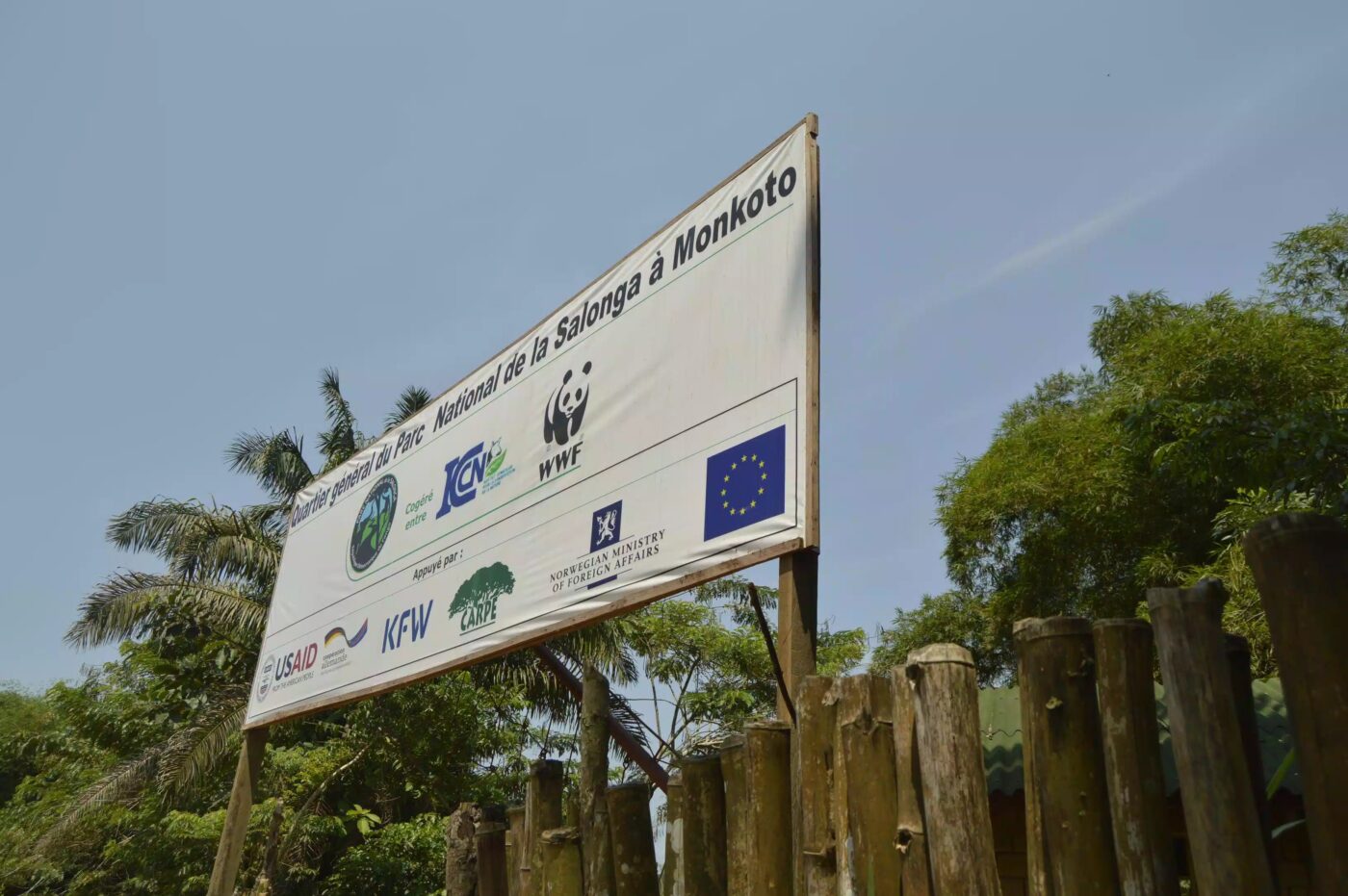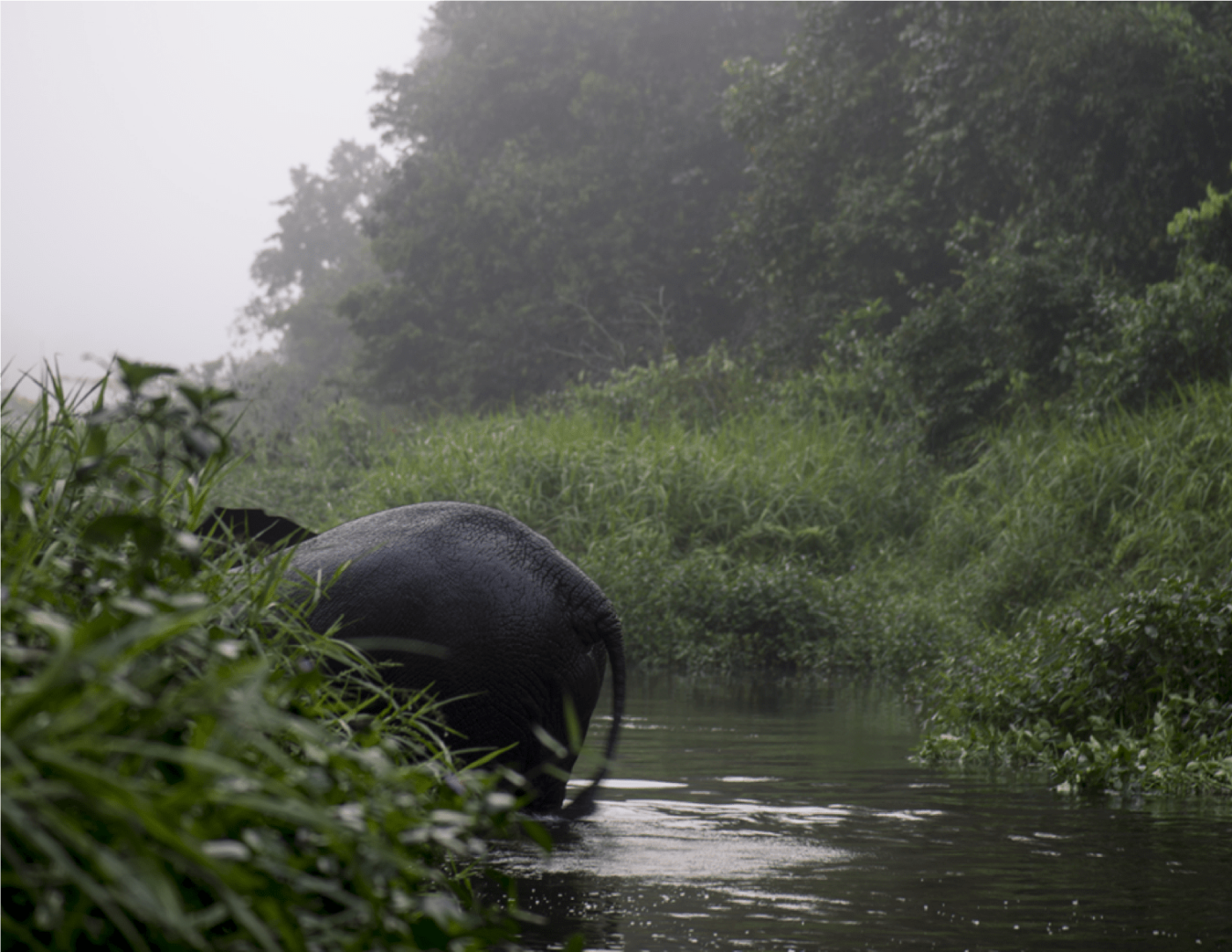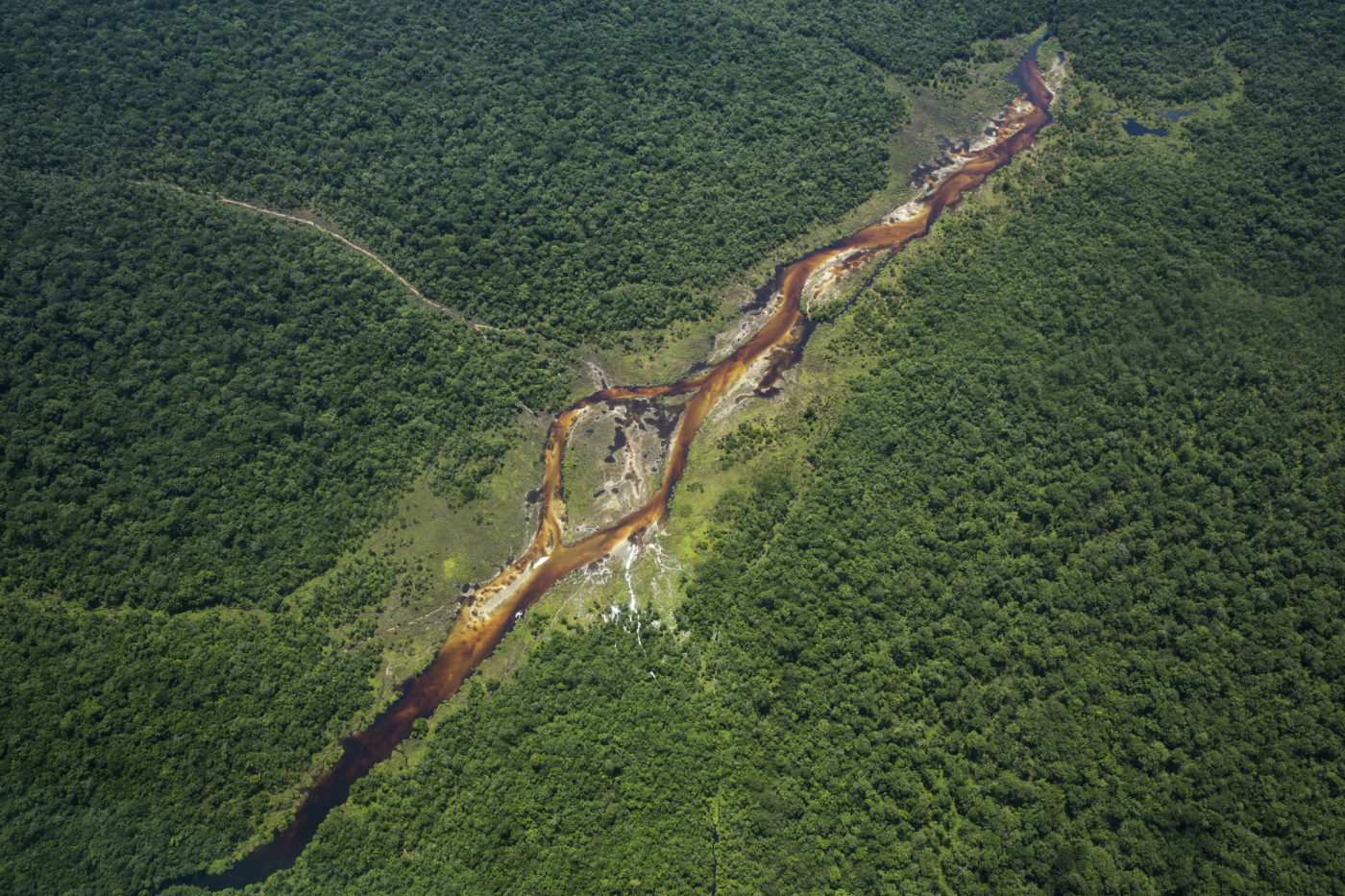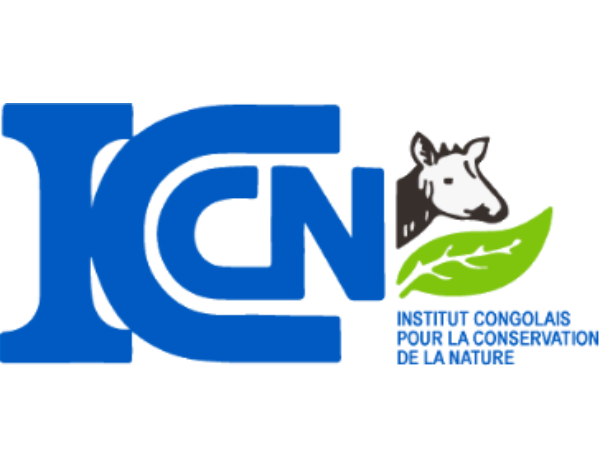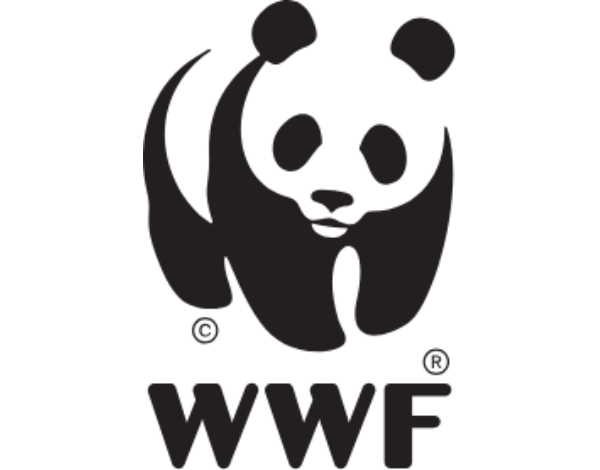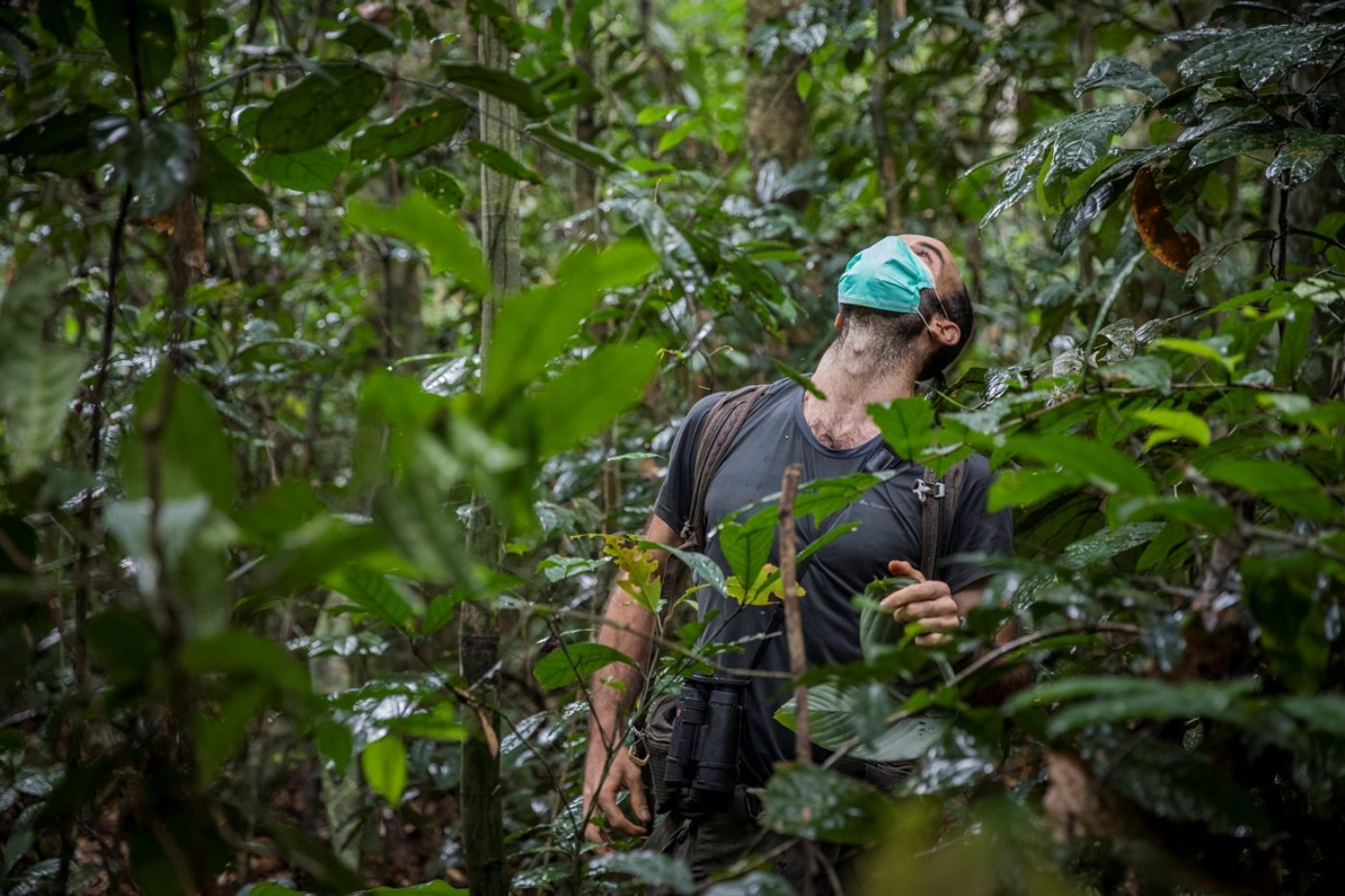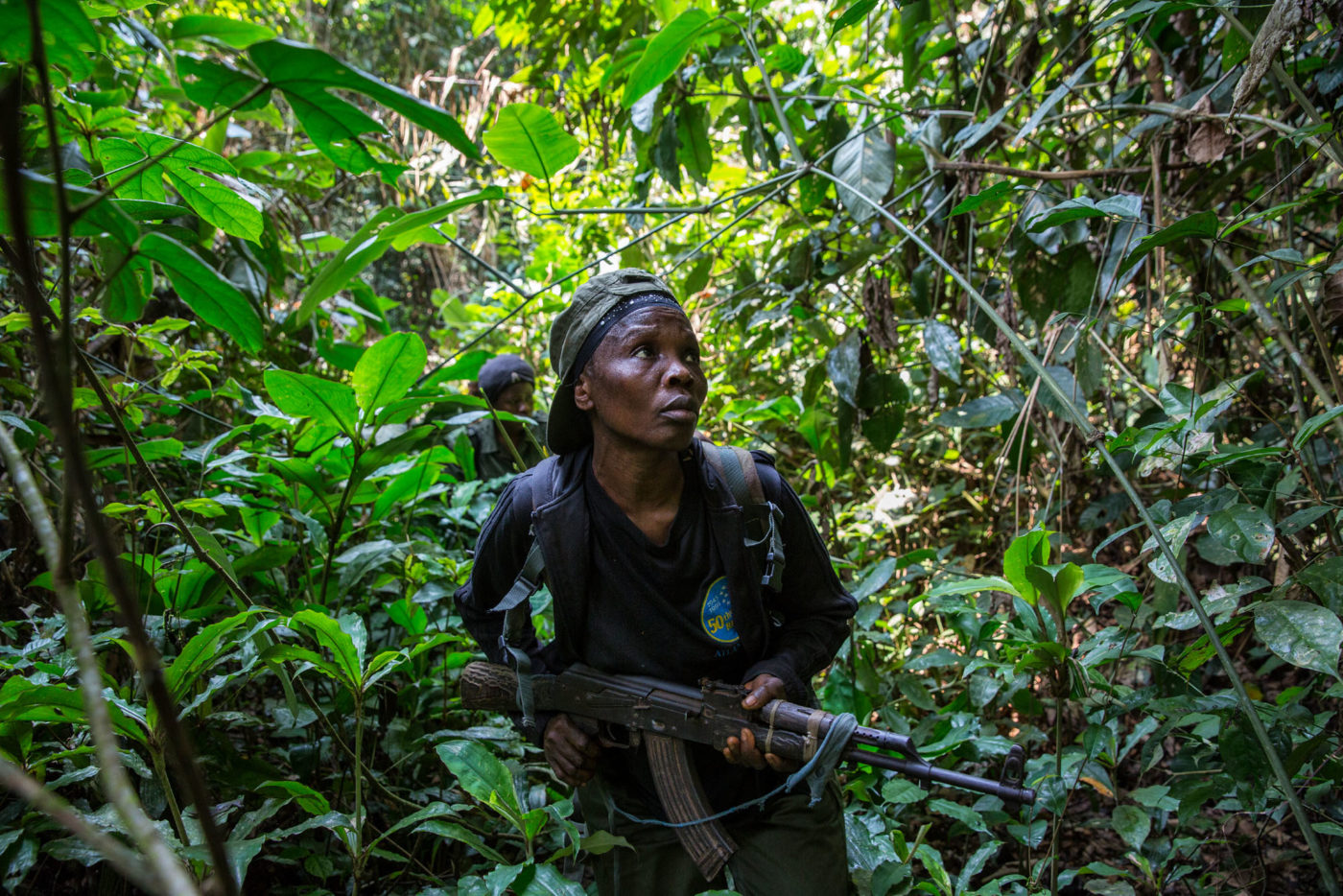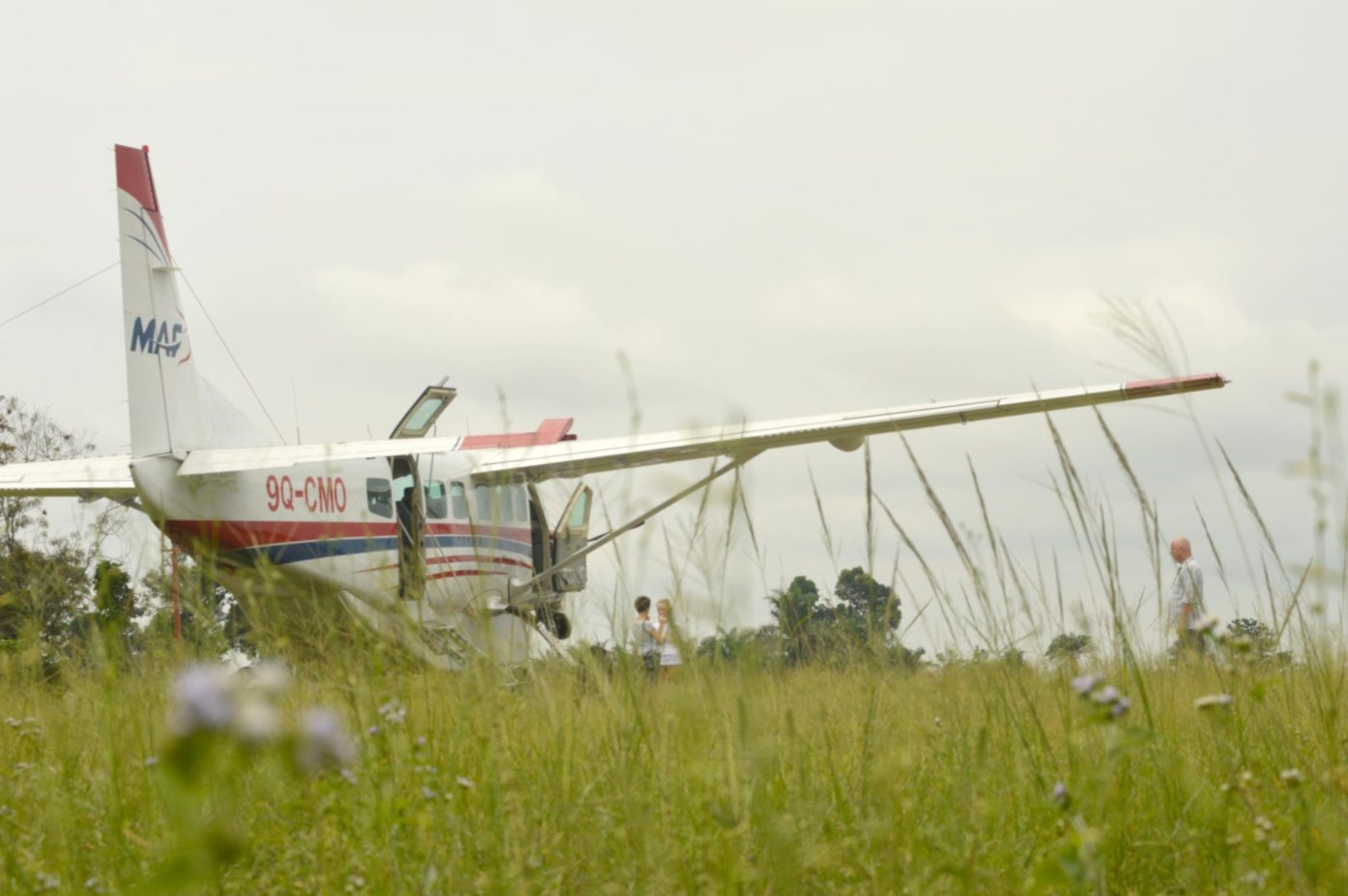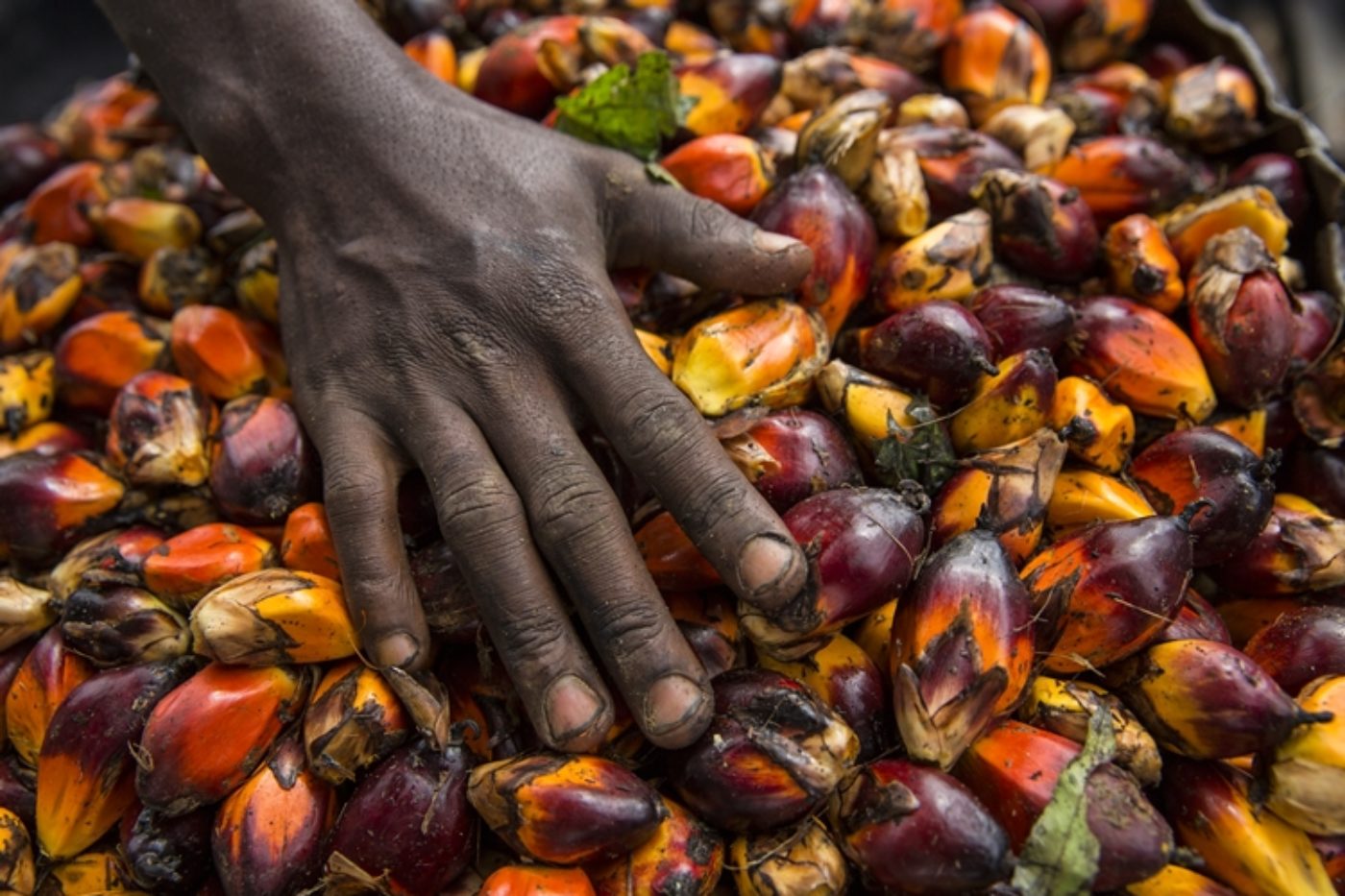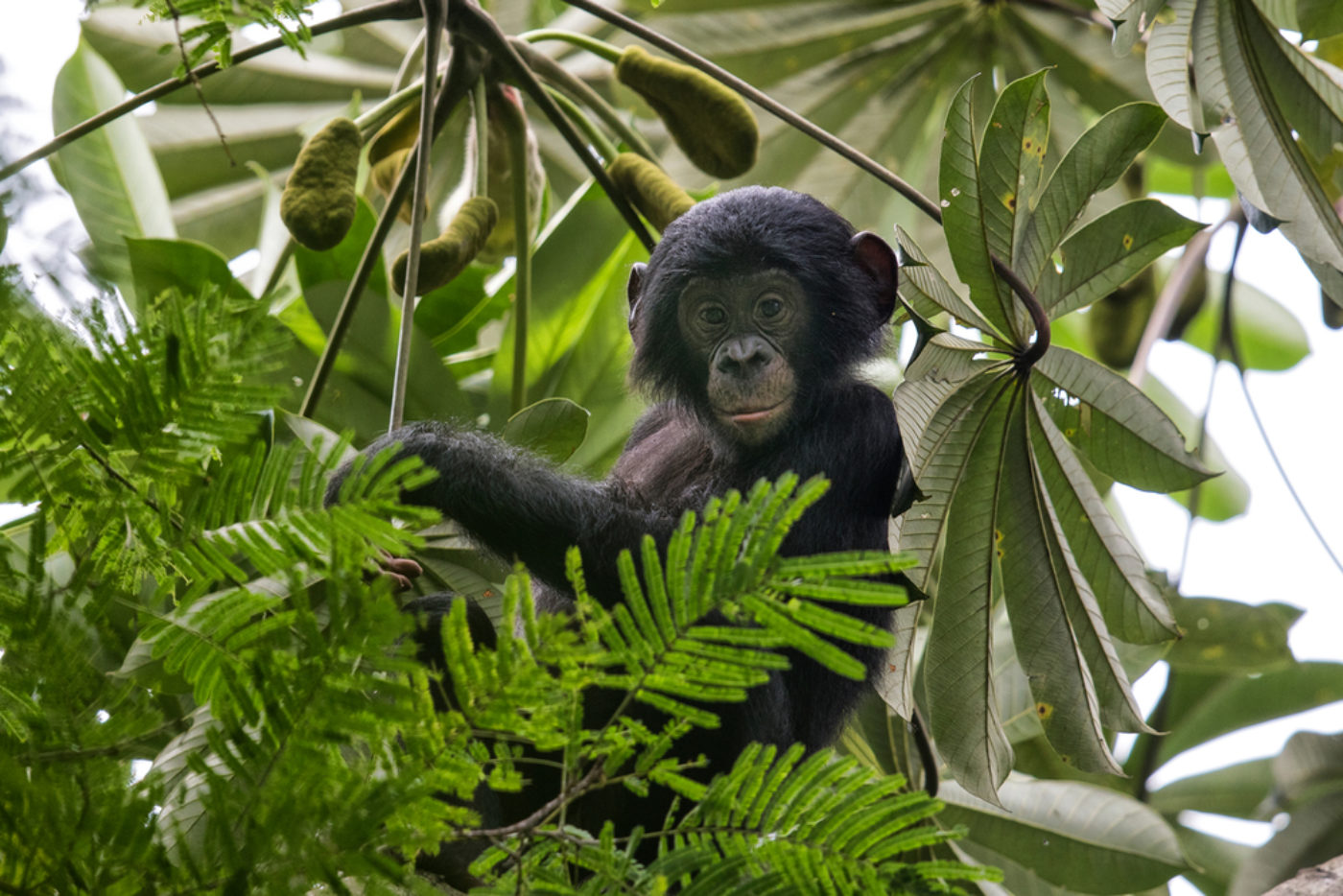Who we are
Salonga National Park is co-managed by the Congolese Institute for Nature Conservation (ICCN) and the Worldwide Fund for Nature (WWF).
Salonga National park was included on UNESCO’s List of World Heritage in Danger over 15 years ago.
In 2005, WWF and other partners launched a program to support ICCN in reducing the level of degradation of natural resources in Salonga National Park. Still the number of animals continued to decrease. In response, the co-management was launched to tackle Salonga’s many challenges and ensure a stronger work relationship with the local communities.
Today the strategic management of the park is led by a Steering Committee (CPPNS) comprised of ICCN, WWF, donors and partners. CPPNS is the main organ of the park’s strategic governance.
In the Site Coordination Committee (CoCoSi), local communities, administrations and provincial governments join forces to review work results obtained and discuss guidelines and projects for community conservation and rural development.
Finally, a team assembled in a “management unit” (UGPNS) ensures the development and implementation of an annual management program. UGPNS also ensures the implementation of the guidelines adopted by the CPPNS and CoCoSi, as well as the corrective measures requested by the UNESCO World Heritage Committee.
In total, the team of Salonga National Park has about 30 WWF administrative and technical staff. They work in different offices in Monkoto, Oshwe and Kinshasa; ICCN has a dozen administrative and technical employees, located in Monkoto. There are 250 eco-guards, who work from 6 ranger stations of the park: Monkoto (located east of the southern block), Mondjoku (west of the northern block), Yokelelu (east of the northern block), Watsikengo (north of the northern block), Anga (south of the southern block) and Mundja (northwest of the southern block), and several dozen permanent and temporary patrol posts.
There are 250 eco-guards, who work from 6 ranger stations of the park.
33.500 km²
Largest forest national park in Africa and larger than Belgium
95 %
Almost 95% of the landscape is covered by forest.
250
250 rangers help protect Salonga National Park by regularly patrolling the forest.
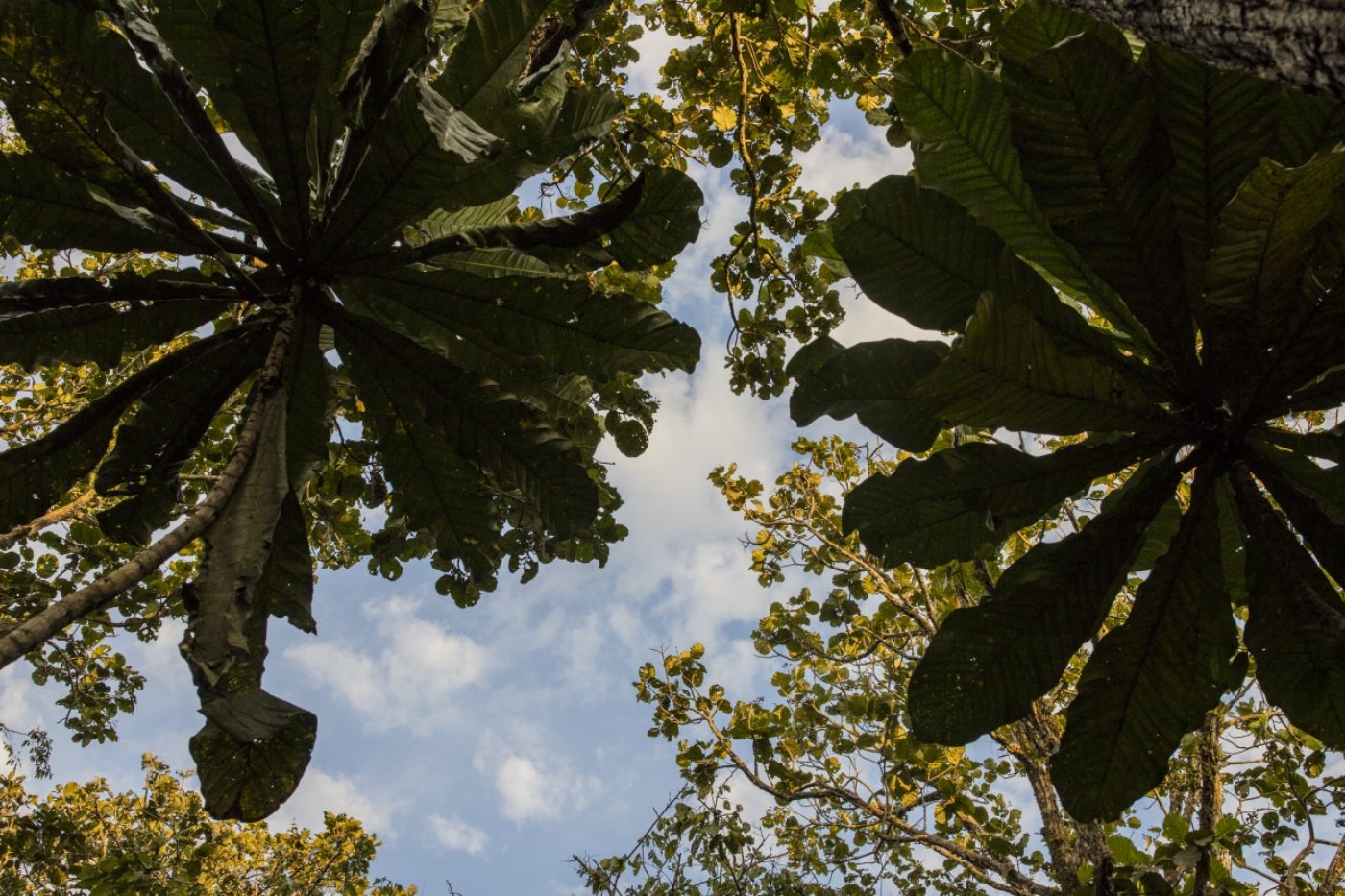
Our Vision
Our vision for Salonga National Park is to remain a large forest block representative of the Congo Basin’s dense rainforests, in a landscape where people understand and actively take part in the conservation of its rich biological diversity and ecosystems, preserved for their benefit, for the country and for all humanity now and in the future.
What we do
Our work in and around Salonga National Park uses multi-prong solutions to support our vision
Latest achievements
We are continuously improving the park’s management. We are increasing our wildlife knowledge through biomonitoring activities and data gathering. The number of rangers have increased and as well as the efficiency of patrols. In 2019, the rangers carried out 178 patrols, adding up to 21,600 man days in the field and hiking almost 21,400km.
223
Species of birds
129
Species of fish
51
species of mammals
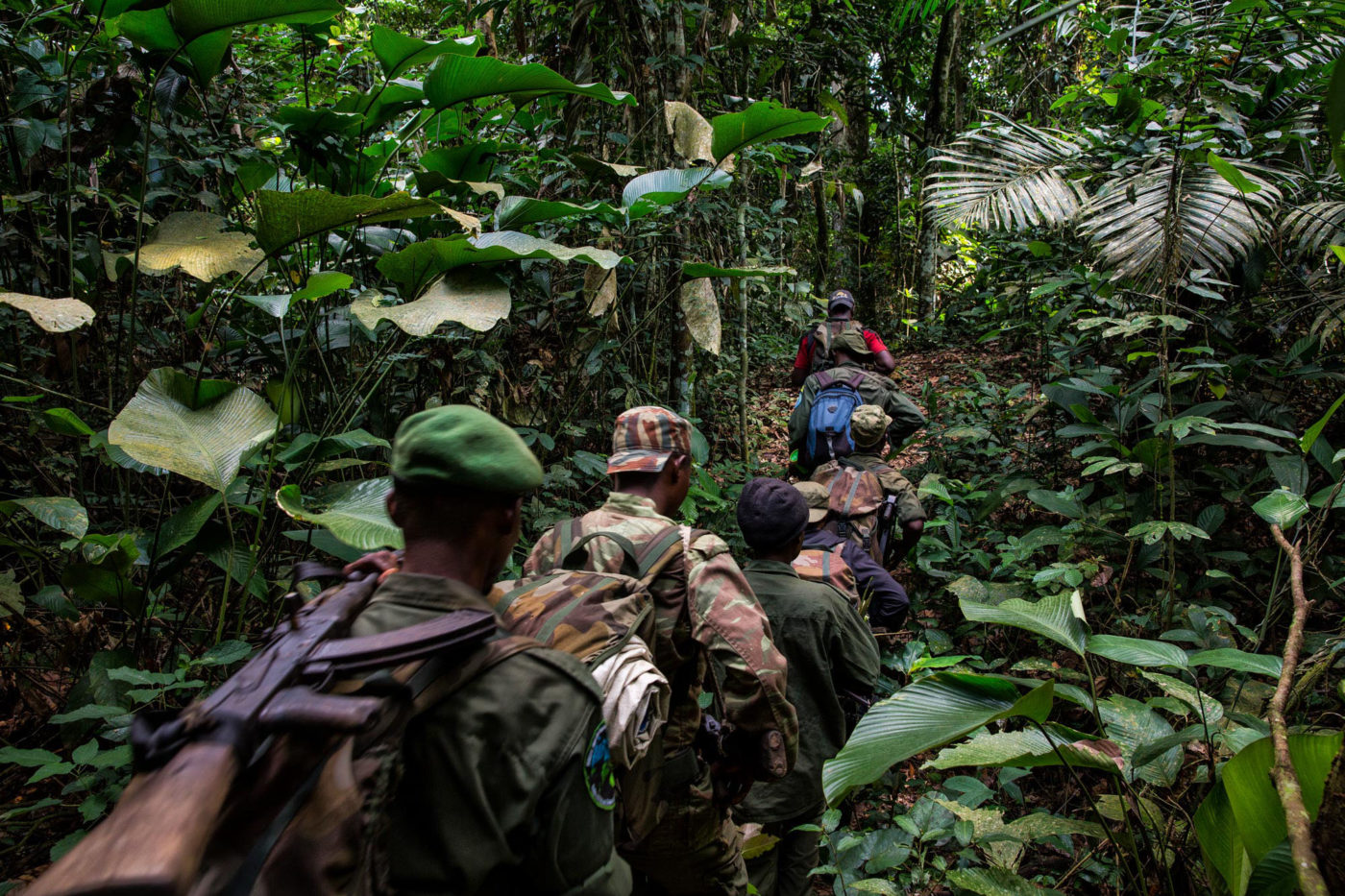
A better understanding of the flora and fauna of Salonga National Park is necessary for environmental education. With our environmental education program, we aim to create enthusiasm for the park’s natural treasures while nurturing the next generation of conservationists.
Communities benefit from agricultural projects where pilot farms are established and farmers learn about improved agricultural practices that reduce shifting cultivation schemes.
Communities benefit from agricultural projects where more pilot farms are added and learning about agricultural practices can take place.
